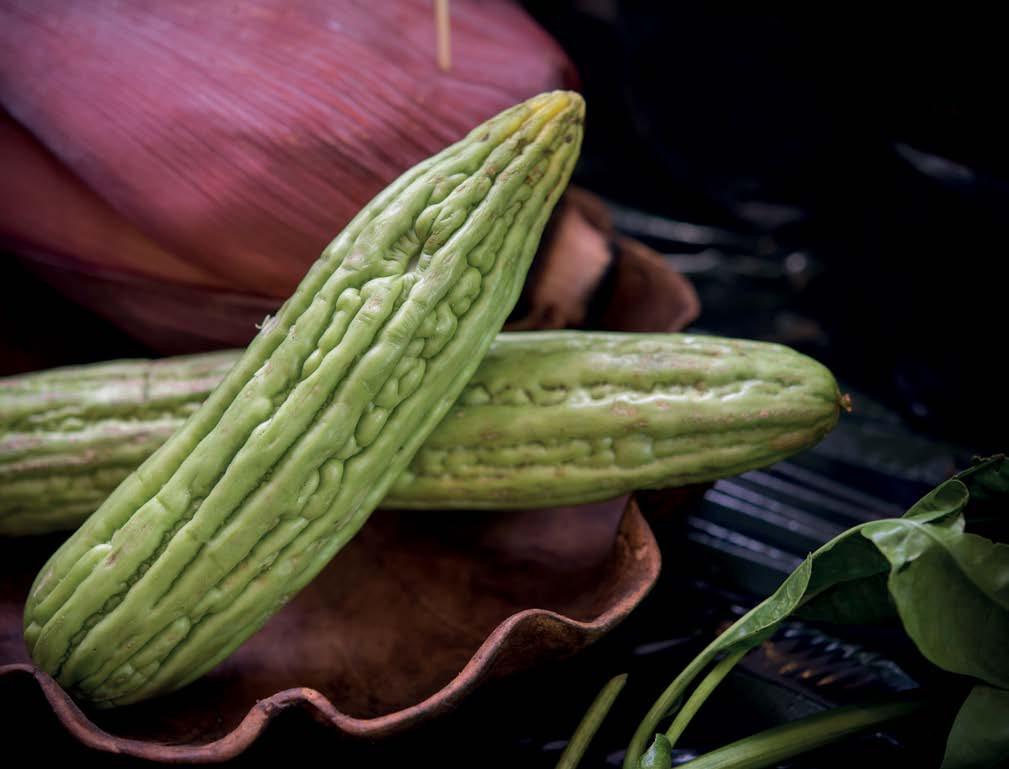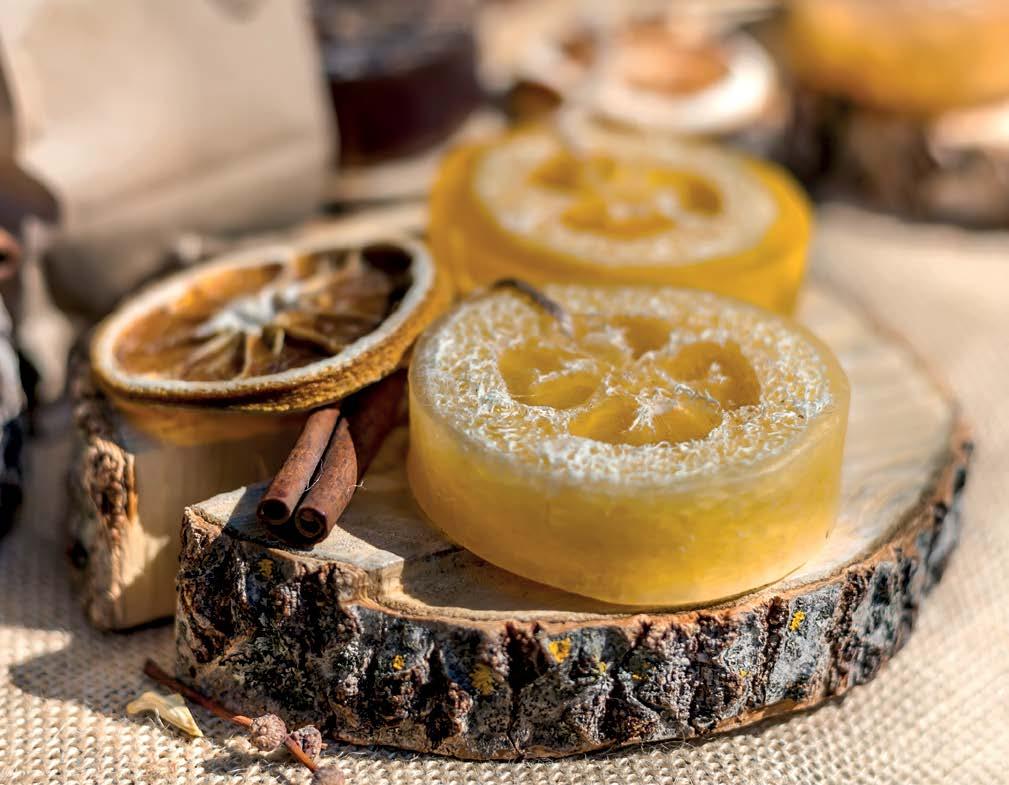
3 minute read
Go Plastic Free Get Luffed
from Junkies Issue 20
by junkies
All hail the luffa, the bathroom staple that has won the test of time. Generations have been scrubbing themselves down in showers across the globe with this humble bathroom accessory.
Words by Junkies Photography Supplied
Advertisement
The luffa plant, as well as keeping us buffed, is helping us become plastic-free in our bathrooms. Most of us have a version, whether it’s the round hand-held one with cloth backing or the raw one on a string. So why not grow one in the garden for easy access to this helpful plant.
Luffas belong to the Cucurbitaceae, or gourd, family, along with their somewhat distant cousins, squashes, watermelons, cucumbers, melons, and the hard-shelled gourds. It is often mistakenly thought of as something that comes from the sea, as the dried flesh of the plant has fibrous-like properties similar in appearance to sea sponges.
Two varieties can be grown: Luffa aegyptiaca (the angled luffa that has ridges running along the length of the skin) or Luffa cyclindrica (the smooth luffa, which has a more rounded appearance).
Both plants are vigorous annual vines with lovely yellow flowers. Being a vine, they can be used as a cover for outside pergolas. Not only are they used for their fibrous flesh, the fruit is similar in taste to squash and can be used in salads and other dishes.
Planting Guide
Luffa plants like a well-drained but moist soil that is full of plenty of organic compost matter. They need a lot of room to roam or a sturdy trellis over which to climb. As they need plenty of sun in order to ripen, they are more suited to warmer climate growing areas.
It is best to start the seeds off in pots in a greenhouse or inside a few weeks before planting time; once the warm weather settles in, plant them in a sunny position.
Note: Seeds are best sought from an organic seed company, such as herbs-to-use.com.


After your plant has matured and begins to bear fruit, they are ready to harvest.
When the green skin has turned dark yellow or brown and begins to separate from the flesh, and the fruit feels lightweight, it is ready to process. (It best to leave the fruit for as long as possible to get a more fibrous luffa.)

Once your fruit is ready, begin by peeling off the tough outer layer of skin; you may need to squeeze the fruit until cracks appear, and you can then continue to peel away the skin.
Next, remove the seeds and spread them out onto some wet toweling. (Dry them out at room temperature and save them for planting next year.)
Thoroughly wash the sponge to get the sap out by soaking it in some warm soapy water. You then need to dry the sponge out. It’s best to do this in the sun (which helps to fade the color as it dries), turning it frequently until completely dry.

Now you’re ready to use your luffa as you wish. You can leave it whole or cut it into smaller sections for scrub pads. When cut in half lengthwise, you can make your own cloth-backed washer; alternatively, cut it on a crosssection for scrub pads that can also then be made into soap bars.


Orange and Cinnamon Luffa Soap
Ingredients
1 kg of glycerin soap base 20 drops of orange essential oil yellow or brown soap colourant Cinnamon sticks, grated, or 2 tsp ground cinnamon
Tools
Double boiler 6-cavity round silicone molds
Instructions
1 Cut rounds of luffa so they will fit neatly into your molds. 2. Chop soap into cubes, and place them in the top of the double boiler. Heat the soap over medium-low heat until it’s completely melted and clear, stirring frequently. (This can be done in the microwave in 30-second batches until melted.) 3. Once it’s completely melted, add soap colourant and essential oils plus ground cinnamon and stir to combine. 4. Immediately pour the melted soap into the silicone molds over the luffas. 5. Allow the soap to dry completely, then pop your luffa soaps out of the silicon mold.
Place them in a mason jar and use them when needed in the shower or gift them to your friends. They are great for those rough patches found around the elbow, knees, and, most of all, your feet.







